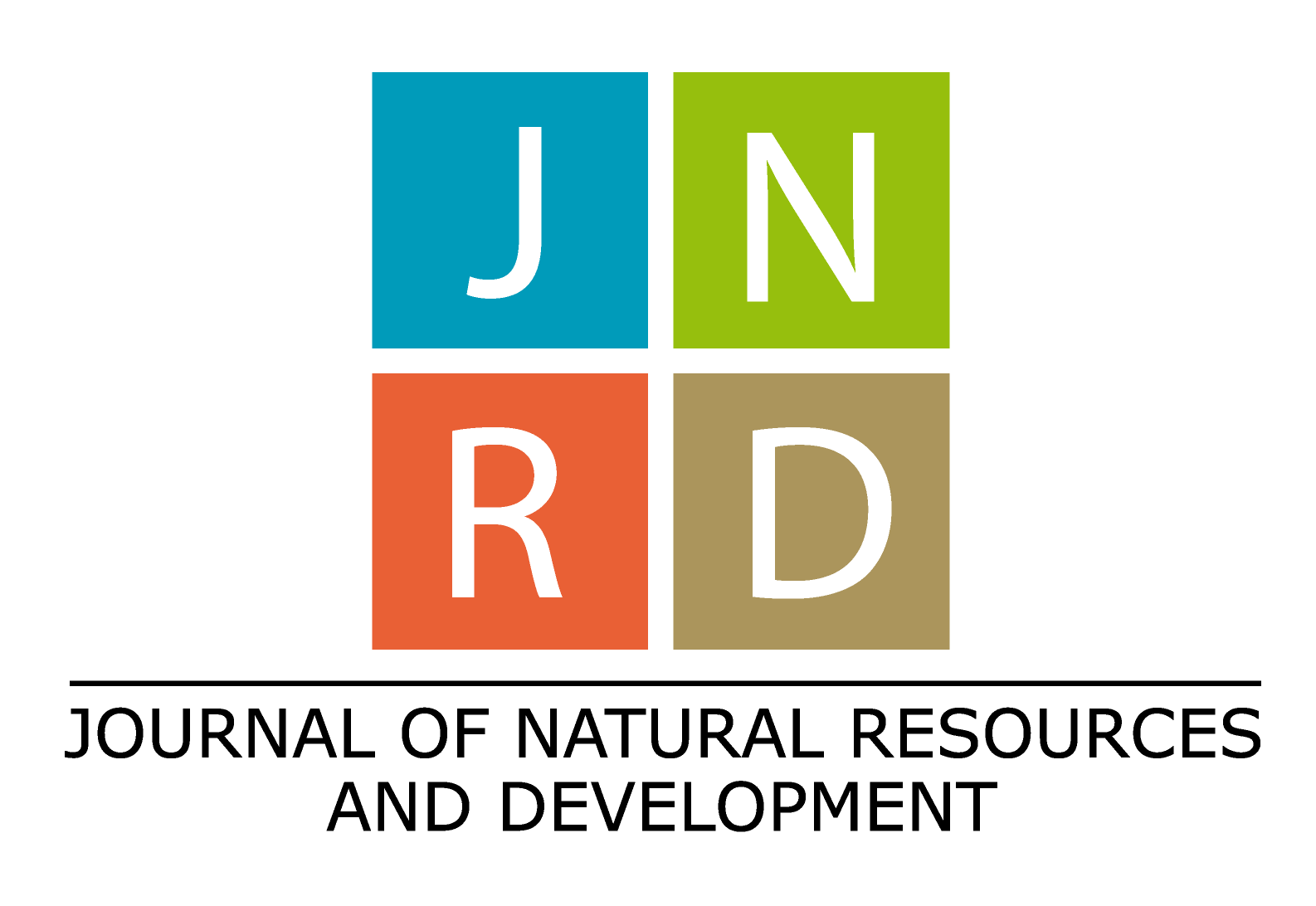Potential for leaching of heavy metals and metalloids from crystalline silicon photovoltaic systems
Main Article Content
Abstract
Photovoltaics (PV) are a rapidly growing technology as global energy sectors shift towards “greener” solutions. Despite the clean energy benefits of solar power, photovoltaic panels and their structural support systems (e.g., cement) often contain several potentially toxic elements used in their construction. Determining whether these elements have the potential to leach into surrounding environments should be a research priority, as panels are already being implemented on a large scale. In this study, we analyzed soil taken from beneath photovoltaic modules to determine if they are being enriched by metals (lead, cadmium, lithium, strontium, nickel, barium, zinc, and copper) and metalloids (selenium) present in panel systems. The soil samples were collected from directly beneath c-Si photovoltaic modules and adjacent fields. Samples were analyzed by inductively coupled plasma optical emission spectrometry (ICP-OES). Selenium, strontium, lithium, nickel, and barium levels measured in soil samples increased significantly in samples closer to PV systems. There were no significant differences in lead or cadmium levels near vs. far from the PV systems. Despite concentration differences for some elements near vs. far from the panel systems, no elements were, on average, present in concentrations that would pose a risk to nearby ecosystems. PV systems thus remain a cleaner alternative to traditional energy sources, such as coal, especially during the operation of these energy production systems.
Article Details
Issue
Section

This work is licensed under a Creative Commons Attribution-NonCommercial-NoDerivatives 4.0 International License.

